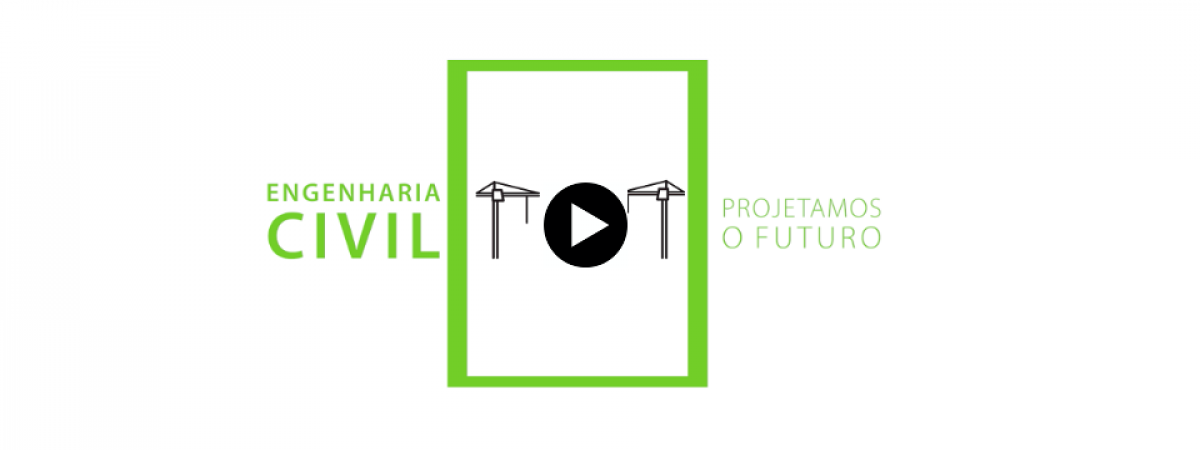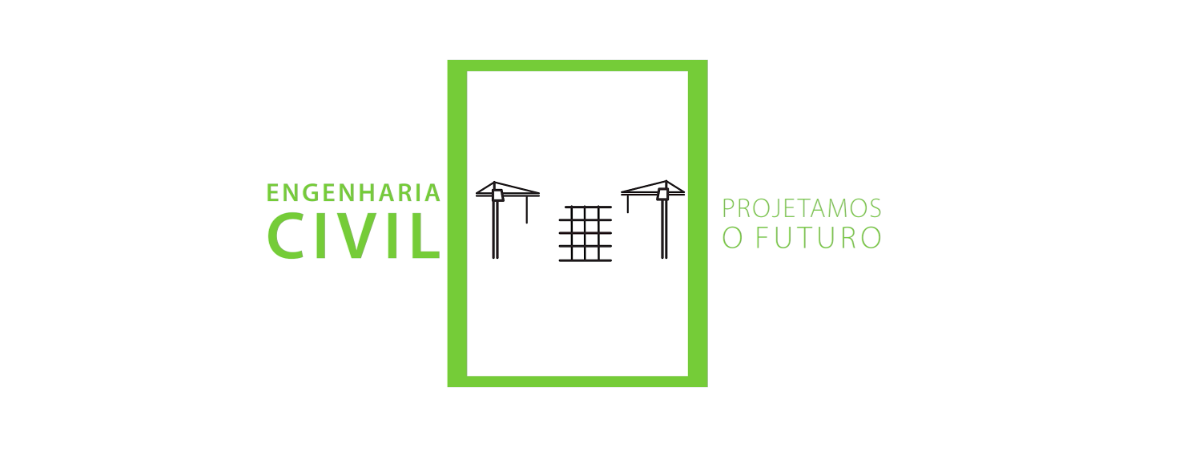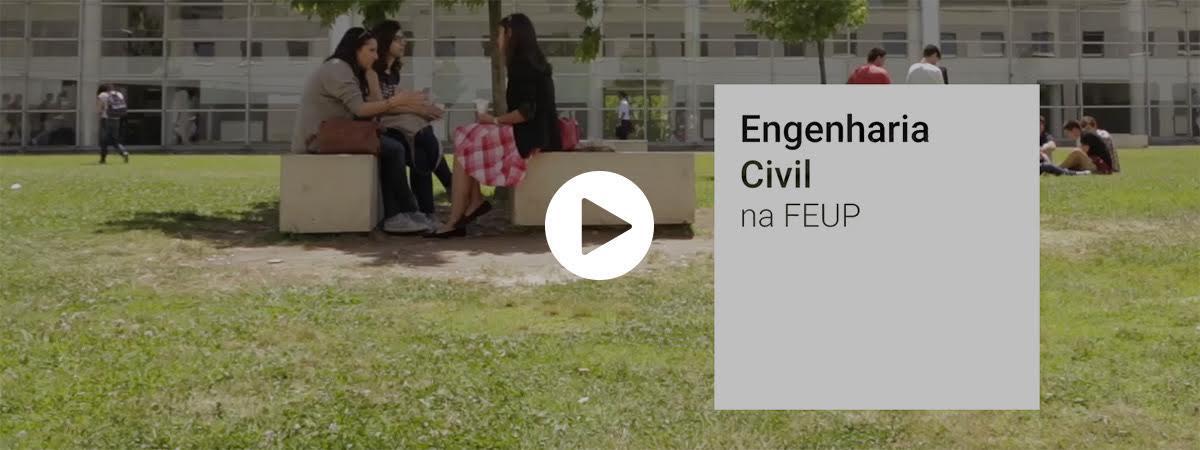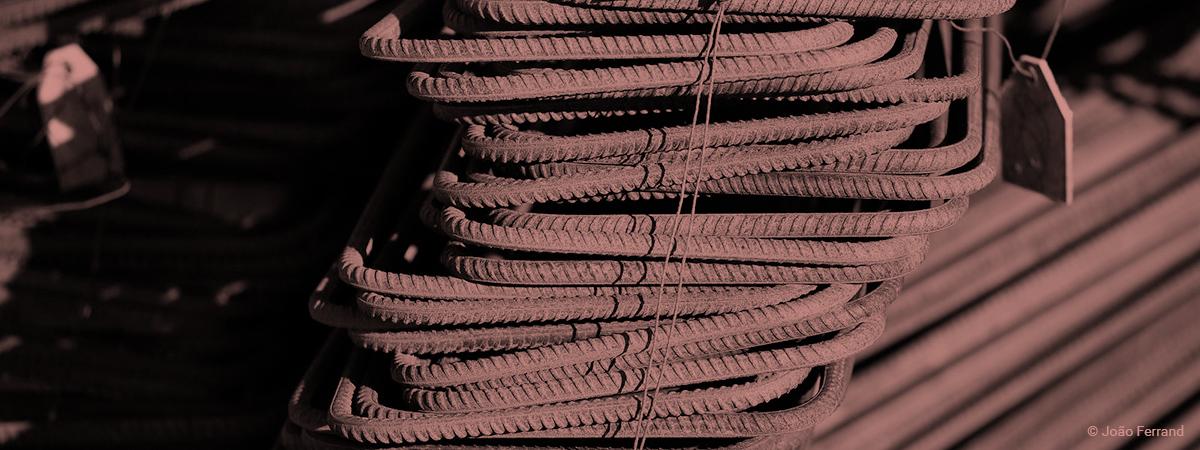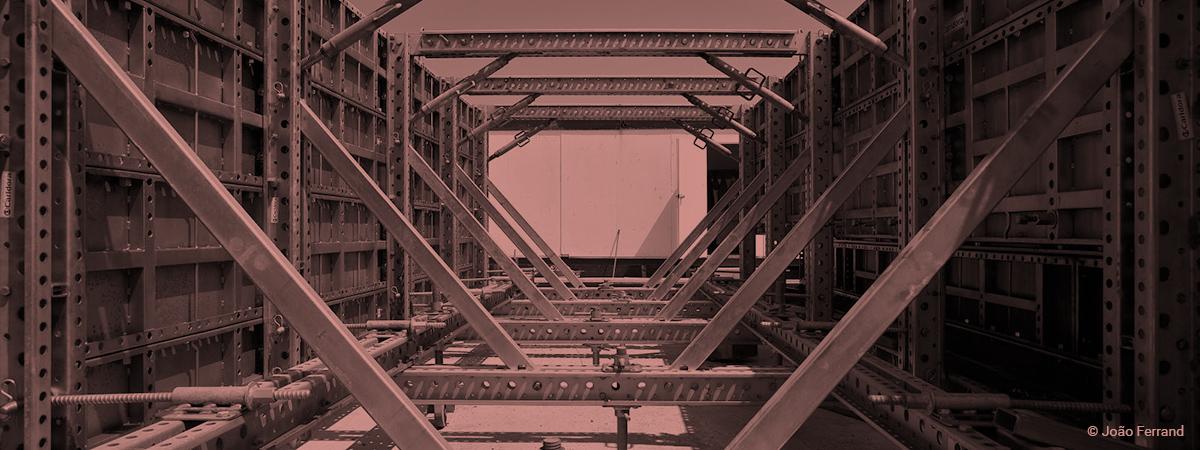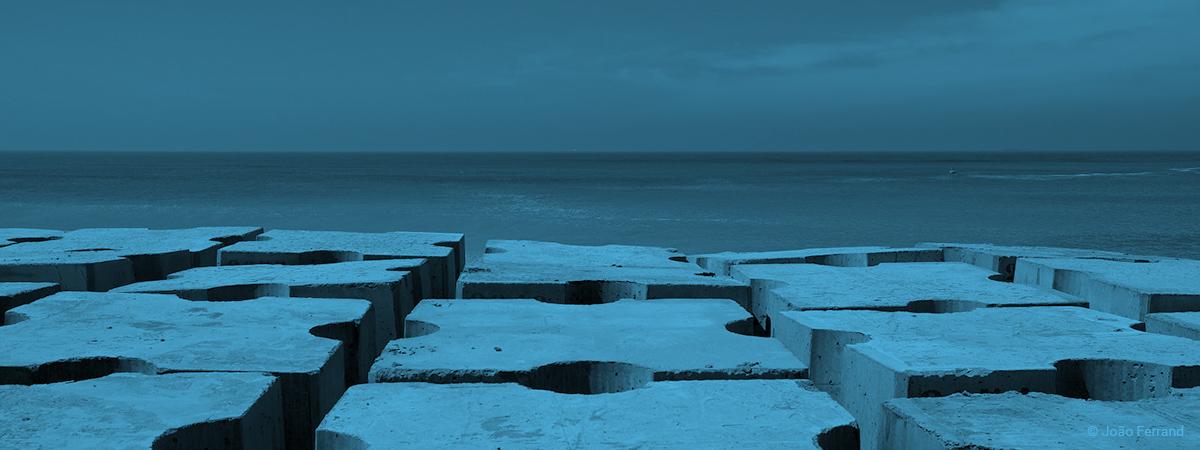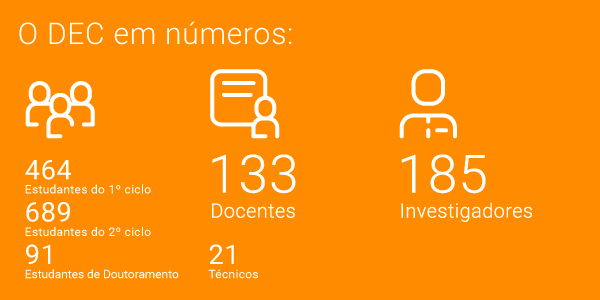
-
 30-03-2021Projeto SAFENERGY distinguido pela iniciativa BIP ProofLer mais
30-03-2021Projeto SAFENERGY distinguido pela iniciativa BIP ProofLer mais -
 19-03-20212021 CONSTRUCT PhD WORKSHOPLer mais
19-03-20212021 CONSTRUCT PhD WORKSHOPLer mais -
 15-03-2021Investigador do DEC nomeado Editor Associado de revista europeia na área dos transportesLer mais
15-03-2021Investigador do DEC nomeado Editor Associado de revista europeia na área dos transportesLer mais -
 05-02-2021DESCARBONIZAÇÃO DE EDIFÍCIOS I WebinarLer mais
05-02-2021DESCARBONIZAÇÃO DE EDIFÍCIOS I WebinarLer mais -
 04-02-2021Ciclo de Conferências "Ferramentas de Apoio a Estratégias Cicláveis" - "Selecionador de Medidas para a Bicicleta"Ler mais
04-02-2021Ciclo de Conferências "Ferramentas de Apoio a Estratégias Cicláveis" - "Selecionador de Medidas para a Bicicleta"Ler mais -
 02-02-2021Pedro Aires Montenegro: "A paixão pelos comboios corre-lhe nas veias"Ler mais
02-02-2021Pedro Aires Montenegro: "A paixão pelos comboios corre-lhe nas veias"Ler mais -
 01-02-2021PORTUGUESE RAILWAY SUMMIT 2021Ler mais
01-02-2021PORTUGUESE RAILWAY SUMMIT 2021Ler mais -
 01-02-2021Ciclo de Conferências "Ferramentas de Apoio a Estratégias Cicláveis" - "Valor Económico para a Bicicleta"Ler mais
01-02-2021Ciclo de Conferências "Ferramentas de Apoio a Estratégias Cicláveis" - "Valor Económico para a Bicicleta"Ler mais
